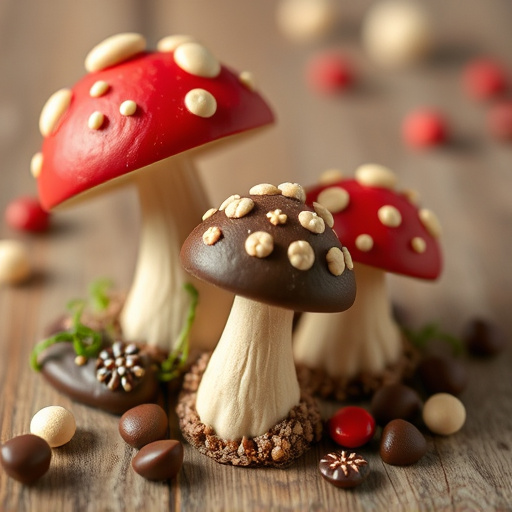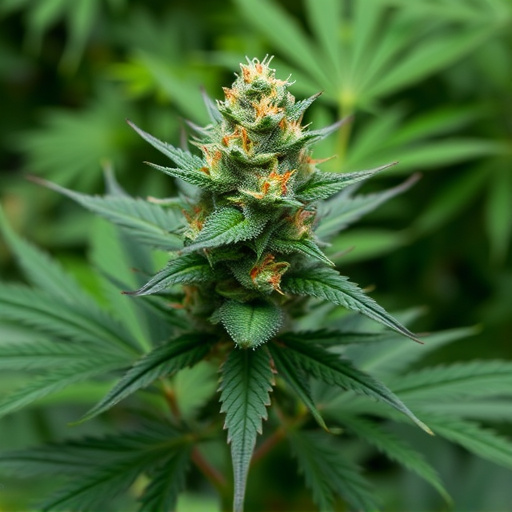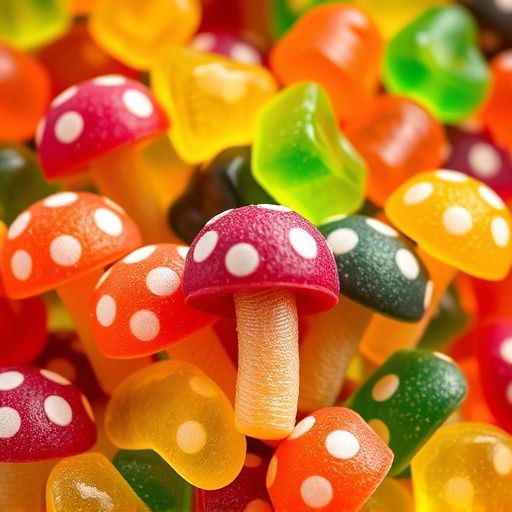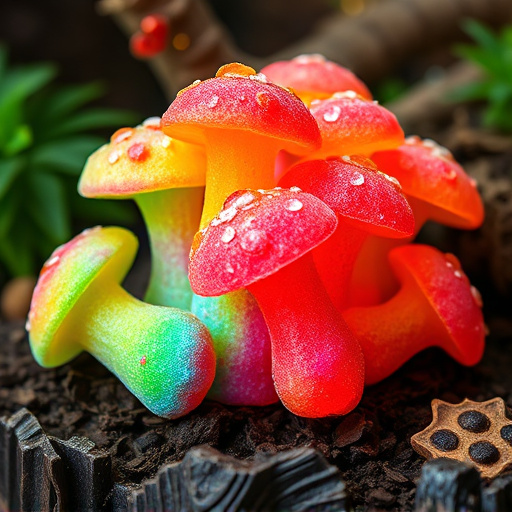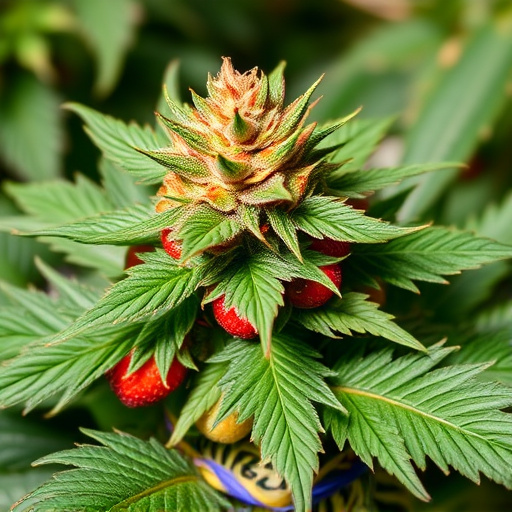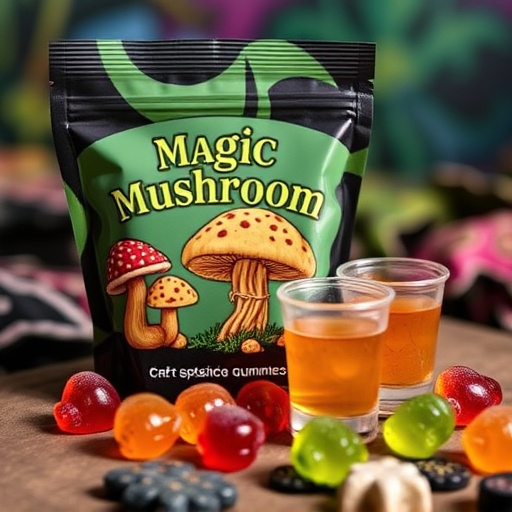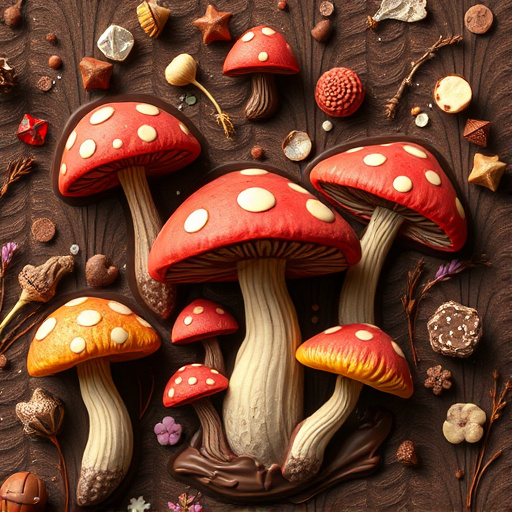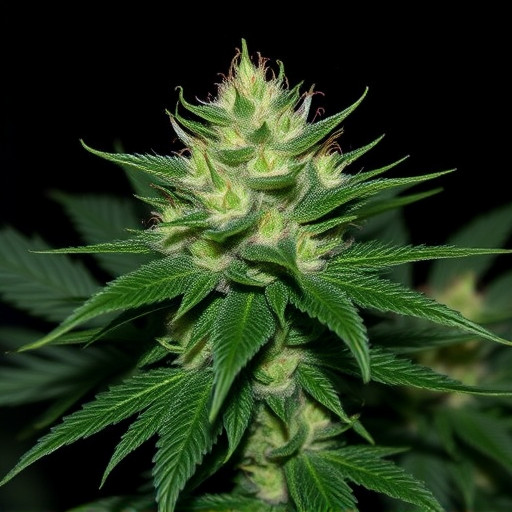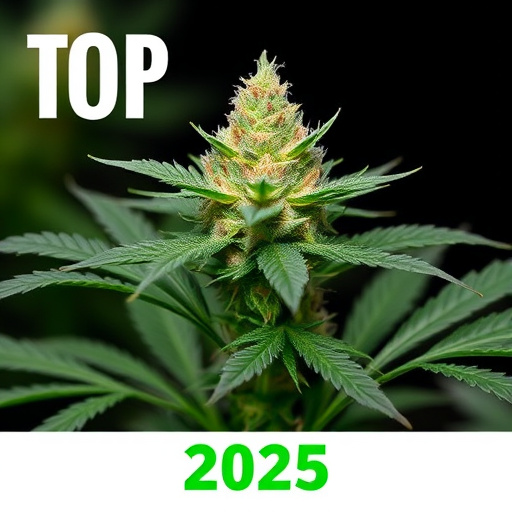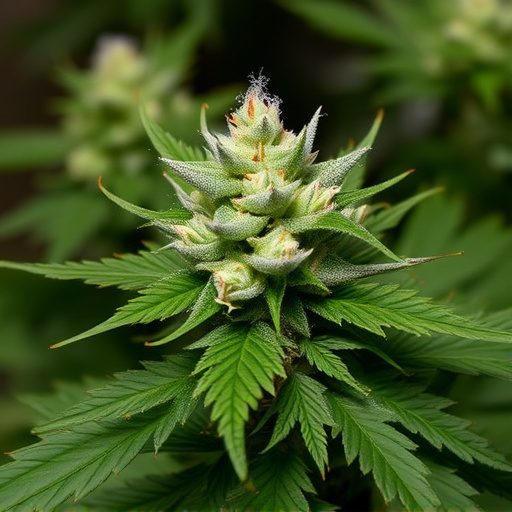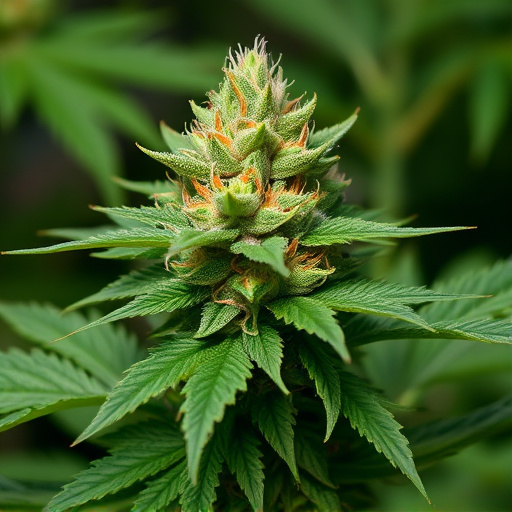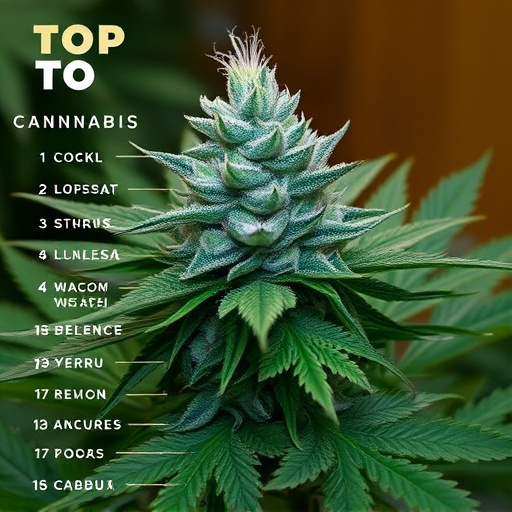The relationship between cannabis and happiness is complex, with studies showing mixed results. Specific 2016 top cannabis strains high in THC/CBD can enhance well-being for some, offering therapeutic benefits like stress relief. However, individual factors like genetics impact effects, and these strains may induce paranoia or disorientation. Navigating risks and benefits carefully, with expert guidance, is crucial. Terpene profiles play a role; linalool and myrcene promote relaxation, while limonene boosts mood and focus. Using cannabis for happiness requires consideration of varying responses, potential adverse effects like addiction, cognitive impairment, and respiratory issues, emphasizing the need for professional consultation before use.
Can weed make you happier? It’s a question that sparks debate, but growing evidence suggests cannabis may play a role in enhancing mood and well-being. This article explores the intricate relationship between cannabis and happiness, backed by a 2016 review of top cannabis strains known for their mood-lifting properties. We’ll also delve into potential benefits, risks, and considerations to help you navigate this complex topic.
- Understanding the Relationship Between Cannabis and Happiness
- Top Cannabis Strains for Enhancing Mood and Well-being (2016 Review)
- Potential Benefits, Risks, and Considerations for Using Weed to Boost Happiness
Understanding the Relationship Between Cannabis and Happiness
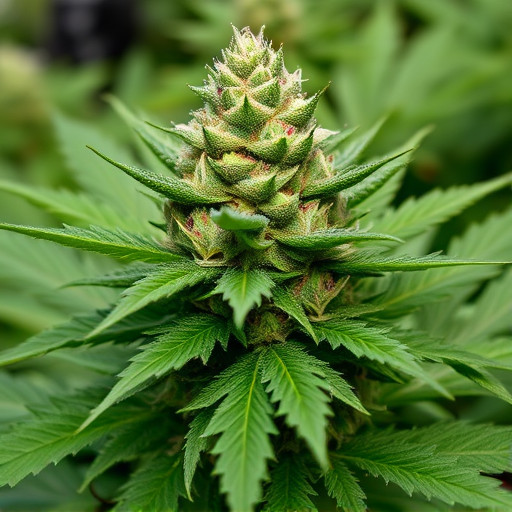
The relationship between cannabis and happiness is a complex and often debated topic in contemporary research. While some users anecdotally report increased feelings of well-being and contentment after consuming cannabis, scientific studies have yielded mixed results. It’s important to understand that the impact of cannabis on happiness isn’t universally positive or negative; it depends heavily on individual factors such as genetics, tolerance, and the specific strain consumed.
In 2016, various top cannabis strains were praised for their unique chemical compositions and potential therapeutic benefits. These strains, rich in cannabinoids like THC and CBD, have been linked to both positive and negative effects on mood. For some individuals, certain strains may alleviate stress, anxiety, or even symptoms of depression, contributing to a sense of happiness. However, others may experience heightened levels of paranoia, anxiety, or disorientation, which can negatively impact their overall well-being. Thus, navigating the potential benefits and risks of cannabis requires careful consideration and, where possible, expert guidance.
Top Cannabis Strains for Enhancing Mood and Well-being (2016 Review)
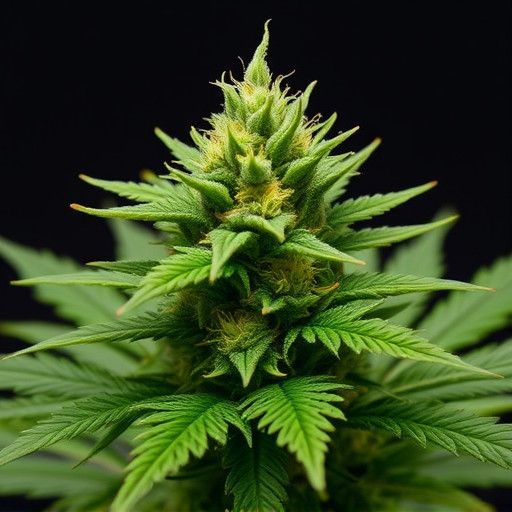
In a 2016 review, several top cannabis strains were highlighted for their potential to enhance mood and well-being. Among these, Indica strains like Granddaddy Purple and Northern Lights were noted for their calming effects, often described as relaxing and sedating, which can aid in stress reduction and sleep improvement. Sativa varieties such as Blue Dream and Gorilla Glue were also recognized for their uplifting and energizing properties, known to boost mood and inspire creativity without the heavy sedation associated with some Indica strains.
The review further emphasized that specific terpene profiles within these strains contribute significantly to their mood-boosting effects. Terpenes like linalool (found in Granddaddy Purple) and myrcene (present in Northern Lights) have been linked to reduced anxiety and improved sleep quality. In contrast, strains rich in limonene, like Blue Dream, are associated with elevated moods and increased focus. This diverse range of top cannabis strains offers a variety of options for individuals seeking natural ways to enhance their mood and overall sense of well-being.
Potential Benefits, Risks, and Considerations for Using Weed to Boost Happiness
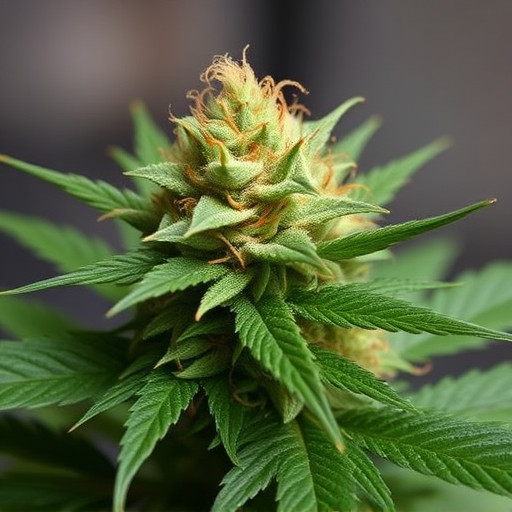
Using weed to boost happiness is a complex topic, with potential benefits and risks that require careful consideration. Recent studies have explored the therapeutic effects of cannabis, highlighting specific top cannabis strains 2016 known for their high levels of CBD (cannabidiol) or specific terpenes, which can promote relaxation, alleviate stress, and improve mood in some users.
However, it’s crucial to remember that individual responses to cannabis vary widely. While many people find temporary relief from anxiety and depression through controlled use, others may experience adverse effects like increased paranoia, panic attacks, or addiction. Long-term use can also pose risks, including cognitive impairment and respiratory issues. It’s essential to approach cannabis as a potential tool for well-being, balancing its benefits against the possible drawbacks, and always seeking professional advice before incorporating it into your routine.
While some individuals anecdotally claim that cannabis enhances their mood and overall well-being, it’s crucial to approach this topic with caution. The relationship between weed and happiness is complex and not fully understood by scientists. A 2016 review highlighted certain top cannabis strains said to have mood-boosting properties, but individual responses can vary greatly. It’s essential to consider both the potential benefits and risks before using cannabis for this purpose, especially given its impact on mental health and cognitive function. Always consult with a healthcare professional for personalized guidance.
